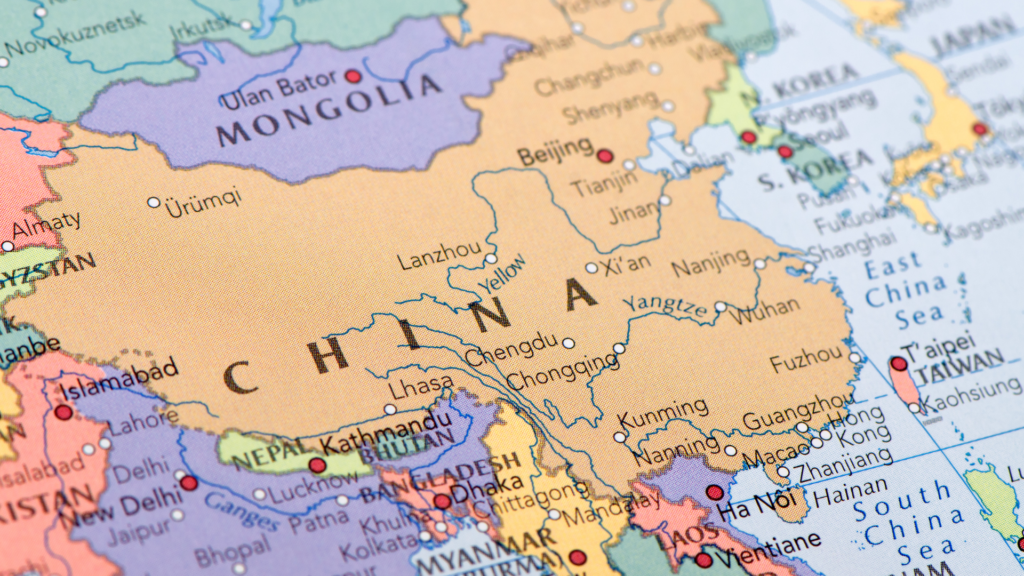Volume Decline, Diversifying Global Trade, and LTL Steady.
Your weekly All-Ways round-up of supply chain news.

Recession or Recovery?
After ending 2022 with a slight improvement in global trade activity, order volume across the US experienced the most significant fall in buying activity since Covid’s inception.
In contrast with the sharp slump in the US market, the global supply chains seem to be fairing slightly better.
“This quarter’s Index data shows a shift in the poles compared to the rest of 2022,” Christian Lanng, CEO of Tradeshift said.
“Trade activity in Europe has been in freefall since the beginning of the year. Let’s be clear, this is not a recovery; activity is still relatively low. But a slight uptick in momentum in Q4 suggests Europe’s supply chains are starting to see some light at the end of the tunnel.”
“The sharp reversal in the US could well be a one-off as regional supply chains seek to rationalize inventories at the tail-end of a bullwhip. That said, it could also be the first real sign of a reaction to consumer belt-tightening in the US domestic market.”
On the other hand, the end of China’s crazy Covid restrictions could mean a general uptick in demand in 2023. However, surging Covid cases across China will impede this resurgence, at least temporarily.
Especially considering that many found alternative manufacturing sources and taking into account the rising geopolitical tension in the area, the question remains:
Will China be able to retake its position and dominate the global supply chain as it did in pre-pandemic times?
Oh China…
For the last three years, China has been in and out of major Covid lockdowns. Their role as a major global manufacturing center, however, remains strong.
Although countries are avoiding overreliance on China, most global companies are adopting a “China-plus-one” strategy instead of trying to divert completely to alternative sourcing destinations.
“The process of moving labor-intensive, low value-added goods from China to lower-cost countries has been underway for many years, but China continues to retain significant competitiveness from very strong supply chains and scale benefits which are difficult to replicate elsewhere,” said Anne Sophie Zerlang Karlsen, head of Asia Pacific operations execution at A.P. Moller-Maersk.
“Moreover, we continue to see various measures towards supporting its manufacturing industries, such as through investment in infrastructure, innovation, and industrial upgrading, which further bolsters Chinese competitiveness.”
Diversification, Not Deglobalization
Business relationships, investments, and supply chains are not easily undone.
“Of course, this is not something that would change overnight, and we are not talking about deglobalization, but rather a diversification of suppliers or manufacturing localizations,” the Global Trade Atlas report stated.
Many have attempted to move their production elsewhere to countries like India or Vietnam. In doing so, these countries have moved up the value chain and increased wage levels creating higher prices of products than, you guessed it, China.
Although in some sectors, the pricing remains cheaper, it comes at a cost. These other countries are no competition to China. They lack both proper infrastructure and logistic efficiencies which are key components to keeping up with the volume. This is causing many who made the move elsewhere to consider restarting their relationship with China.
No Sweat
While shippers are increasing pressure to lower rates, LTL carriers are not even close to caving into any pressure.
“Unlike truckload, LTL is expected to exhibit strength in the face of economic headwinds, supported by higher accessorial charges and GRIs (general rate increases), even as market conditions trend more favorably for shippers,” stated Tom Nightingale, CEO of AFS Logistics.
Here’s why:
➡️ Audits and reclassification of shipments arriving at their docks are increasing prices because of their technology that provides accurate size and weight data per shipment. Thanks to these dimensioners, accessorials, and GRIs, LTL carriers can better back up their price hikes than truckload carriers.
➡️ There are far fewer players in the LTL market - the top 25 largest carriers accounted for 92% of total LTL revenue. Plus, recent acquisitions have only further consolidated the market. Less competition means that there will likely be little to no price relief.
➡️ In general, there is not as much LTL capacity available. Carriers aim to have their terminals at a 75% utilization rate. A drop in freight volume will only help not hurt LTL carriers in terms of fluidity and improved service.

As we celebrate the Chinese New Year, we at All-Ways Forwarding would like to extend our warmest wishes to our Chinese staff and partners. The hard work and dedication of our team in China has been instrumental in our global success, and we are grateful for their contributions.
May the Year of the Ox bring prosperity, good health, and happiness to all. We look forward to continuing to work together to achieve even greater successes in the coming year. Gong xi fa cai from the All-Ways Forwarding family



